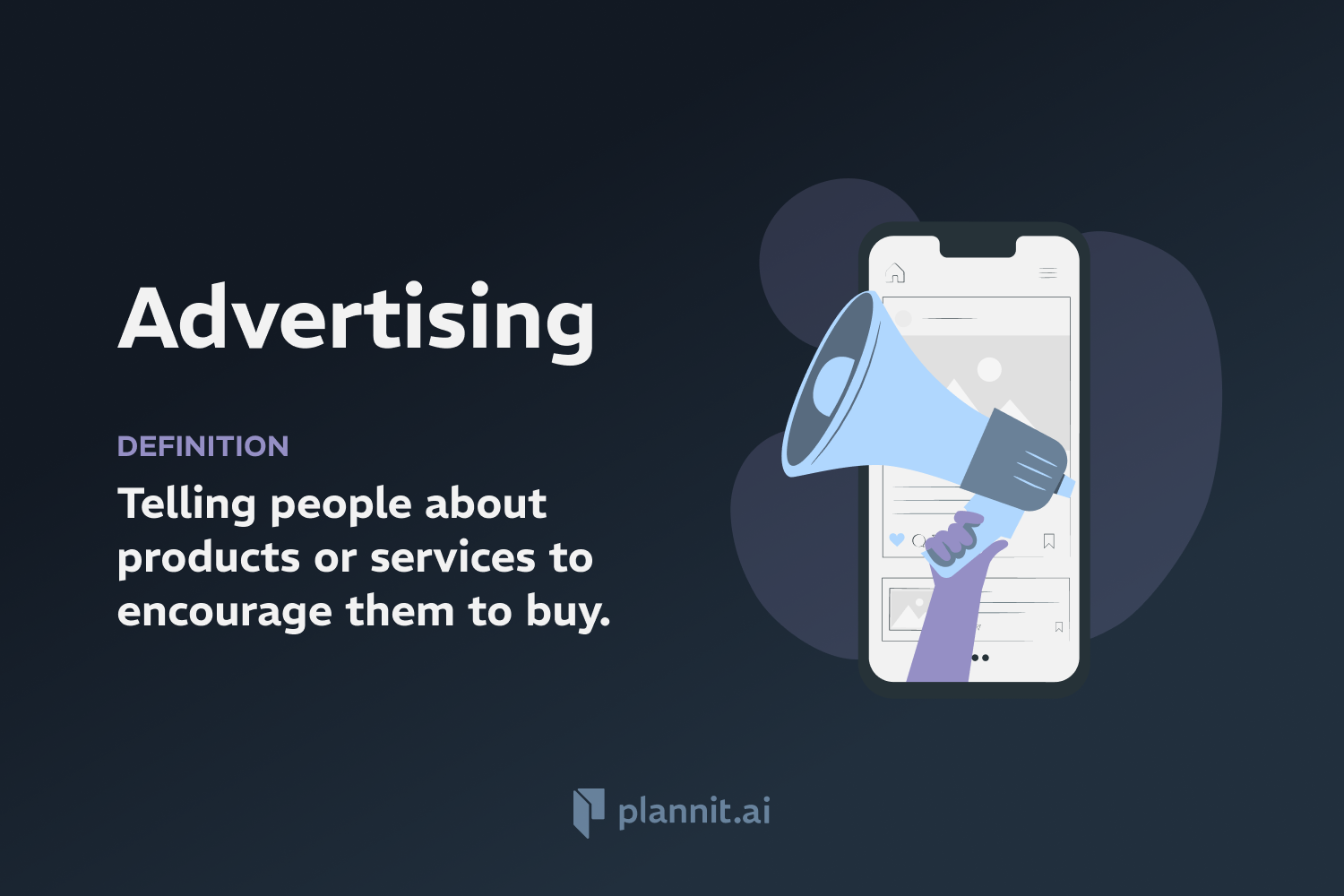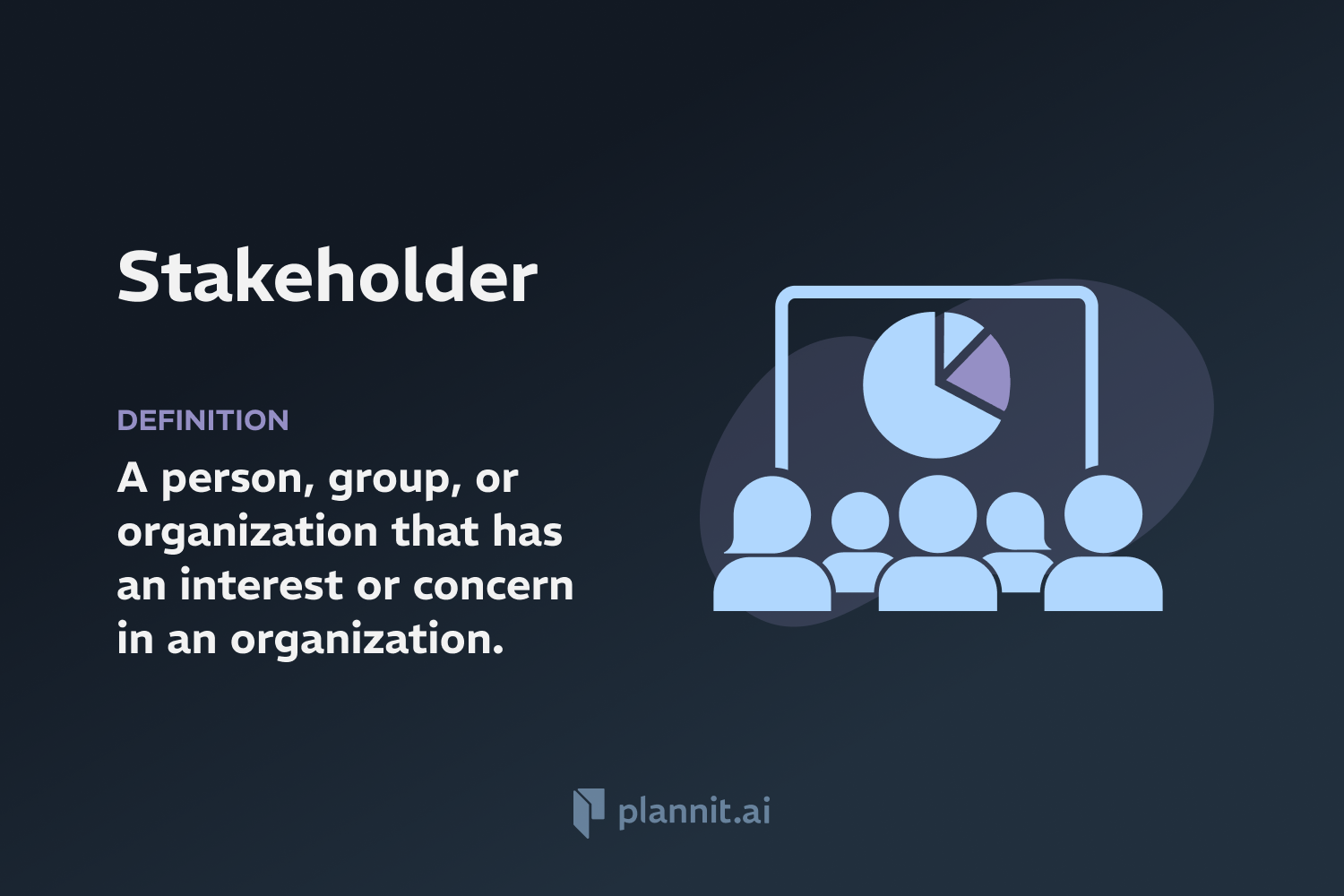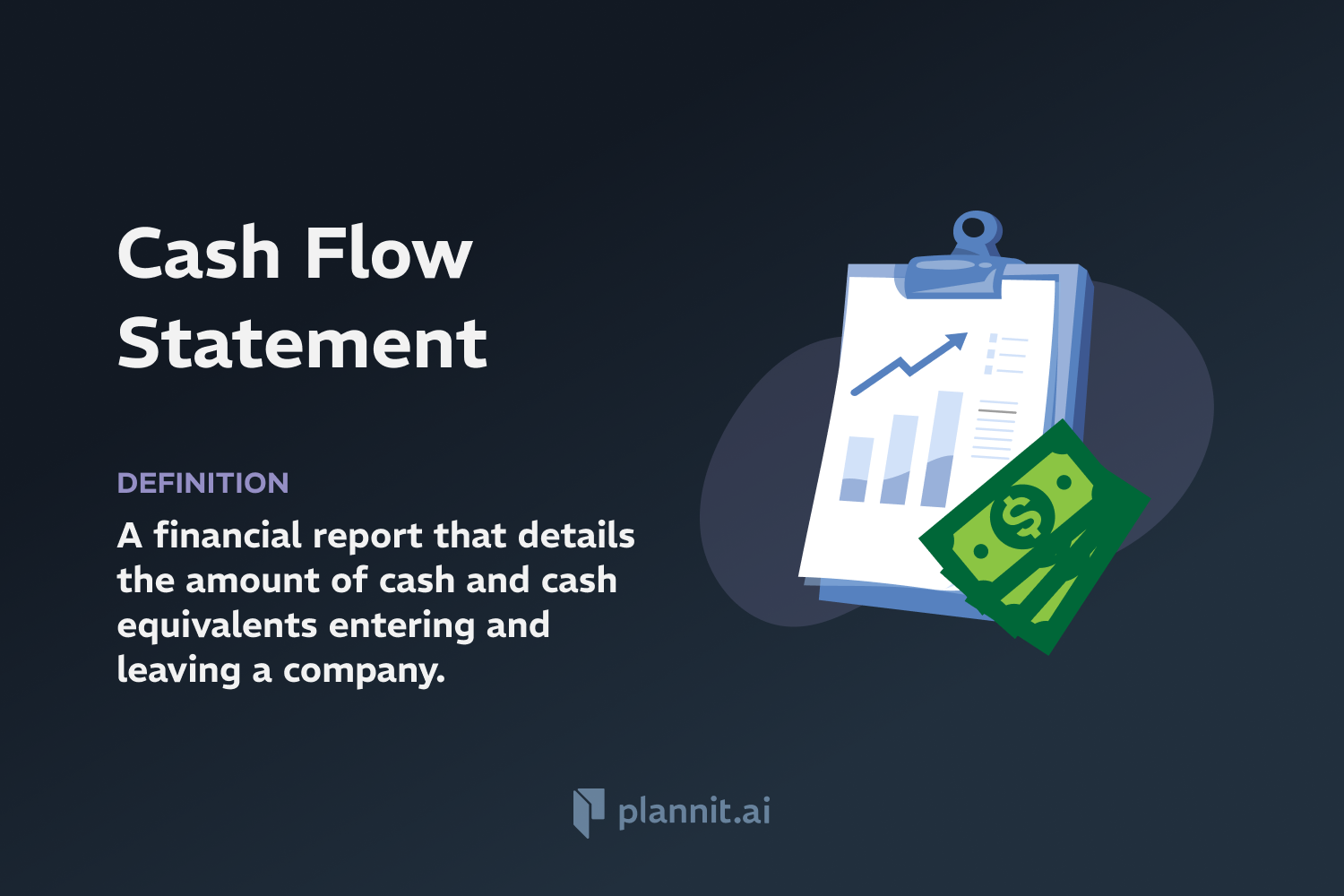Need Help With Your Business Plan?
Answer tailored questions and get a detailed business plan in minutes.
Impression: Definition & In-Depth Explanation
In the context of digital marketing and advertising, an impression refers to the point in which an ad or digital content is viewed once by a visitor, or displayed once on a webpage. It is a metric used to quantify the number of views or displays of a particular piece of content, such as an advertisement, email, or website page. Impressions are used to measure the reach of an advertisement and are fundamental in assessing the effectiveness of online advertising campaigns.
Purpose:
The primary purpose of tracking impressions is to understand the exposure or visibility of digital content. This metric helps advertisers and marketers gauge the scale of their audience engagement efforts and is crucial for planning, optimizing, and budgeting for advertising campaigns. Impressions are also used to calculate other key performance indicators such as click-through rates (CTR) and conversion rates, providing insights into how effectively an ad is driving user action.
Example:
If a banner ad on a website is shown 1,000 times to users, it has generated 1,000 impressions. This count does not consider whether the ad has been clicked on; it only indicates that the ad was displayed. Marketers might analyze how many impressions lead to clicks to understand the ad's effectiveness further and make adjustments to the visual appeal or placement of the ad.
Related Terms:
Click-through Rate (CTR): The ratio of users who click on a specific link to the number of total users who view a page, email, or advertisement. It is calculated by dividing the number of clicks by the number of impressions.
Reach: The number of distinct individuals who view content at least once. This differs from impressions, which may include multiple views by the same users.
Cost per Thousand Impressions (CPM): A standard pricing model in advertising where advertisers pay for every thousand impressions of their ad.
Engagement: Interactions beyond viewing, such as clicks, shares, likes, and comments, which indicate a deeper level of interest from the audience.
FAQs:
What is the difference between an impression and a reach?
An impression counts each time the content is displayed, regardless of whether it was seen by the same or different viewers. Reach measures the number of unique viewers that have seen the content.
Why are impressions important in digital marketing?
Impressions provide a measure of how widely content is being seen and are important for understanding the visibility and exposure of advertising campaigns. They help marketers to optimize ad spend and content placement.
Can an ad have a high number of impressions but low engagement?
Yes, it's possible for ads to have high impressions but low engagement if the content is not compelling or relevant to the audience, or if the ad is not well-targeted.
How do marketers use impression data to improve campaigns?
Marketers use impression data to analyze the effectiveness of different ad placements, times, and content styles. This data helps in refining targeting strategies and improving overall ad performance.
Are impressions a good indicator of ad success?
While impressions indicate the visibility of an ad, they do not measure user interaction or conversion. High impressions combined with other metrics like clicks and conversions provide a fuller picture of ad success.
Get funding with a business plan that will impress investors.
Starting a New Business?



